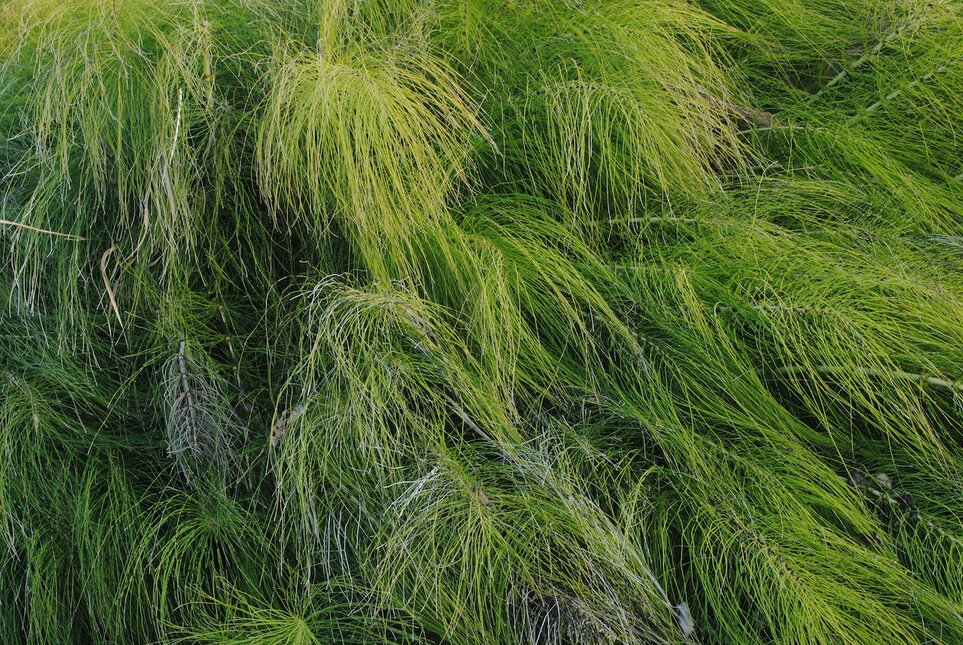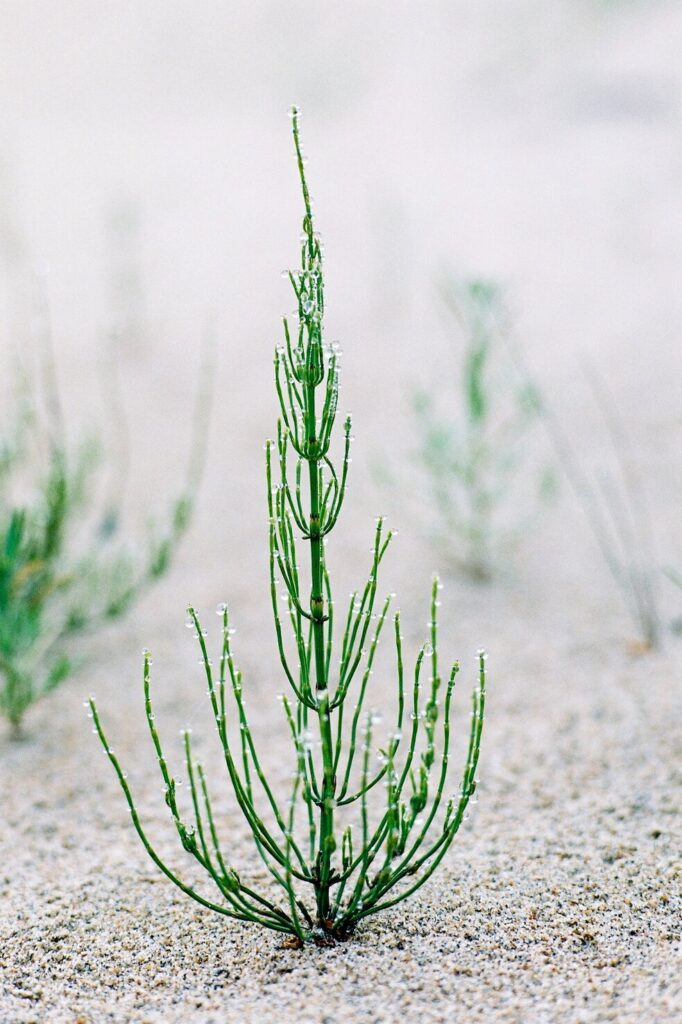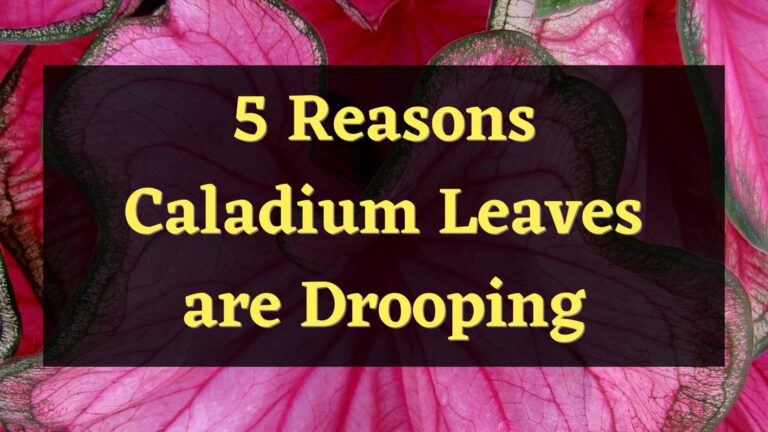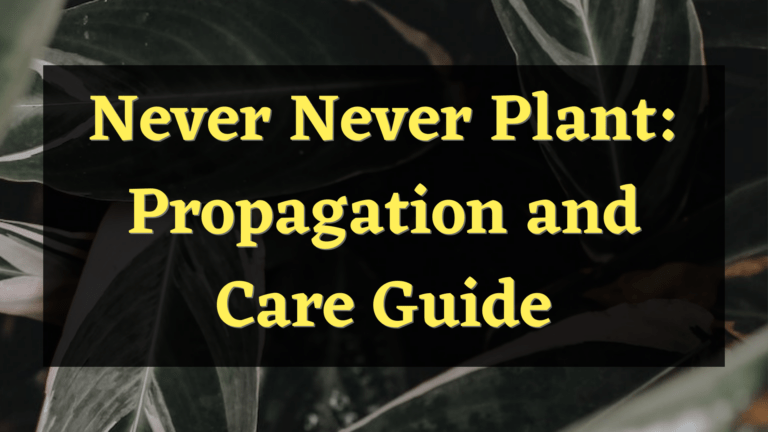There are a lot of different ways to propagate horsetail plants. And in this post, I will introduce you to each of these methods. But before that, I will provide you with general information about what the horsetail plant is. Give you hints on how easy or how hard is it to propagate one and provide you information about how long it takes for the horsetail plant to fully mature.
After these, I will dive into how to propagate a horsetail plant. I won’t just introduce you to these different methods, but will also explain them in detail for you to really understand each one of them.
About horsetail plant
The horsetail plant is the only plant in the Equisetaceae family that is known to be alive, it is a family of ferns that uses spores for their reproduction rather than its seeds. The horsetail plant is considered a living fossil because it is the only living plant of the entire subfamily of Equisetidae, which dominated the understorey of the late Paleozoic forests over 100 million years ago and was much more diverse then.

A horsetail plant has many distinguishing characteristics. One of them is the plant’s hollow stems. Like the bamboo plant, horsetail has a jointed stem that can be separated into many sections. The plant’s stem has siliceous ridges that make its surface rough. Additionally, it is a very common misconception that horsetail plants do not produce leaves. But in fact, in each stem of the plant, there are leaves present. Although they are in the form of scales.
Horsetail plants can also be used as a herbal remedy. They are made and served as tea and used as a medicine for many kinds of diseases, this practice dates back to ancient Roman and Greek times. A horsetail plant was traditionally used to stop bleeding, heal wounds, and treat kidney problems. The plant also contains collagen that has anti-aging benefits. This can be applied to the skin to prevent or heal rashes and burns.
Is it easy to propagate a horsetail plant?
Propagating a horsetail plant is relatively easy compared to taking care of one. Horsetail is a fast-growing plant, hence it is very easy to propagate. It can also take care of its own propagation without human intervention. However, taking care of your horsetail is very hard as it can become so invasive and difficult to control. Horsetail has a tendency of becoming a persistent weed on your garden, pasture, and even roadsides if not properly controlled.
The easiest way to propagate Horsetail plants is through its rhizome. Even when left alone, the horsetail’s rhizomes can grow up to 64 meters in a year. Each rhizome will eventually sprout a new stem above ground to form a new horsetail plant. Due to its very invasive nature, propagating a horsetail plant isn’t just easy but pretty simple. You can just leave them alone and let them propagate on their own.
How to propagate Horsetail plants?
A horsetail plant has a reproductive cycle called the alternation of generations. It means that these plants alternate between two distinct stages in their life span. Horsetail plants alternate between a sexual phase and an asexual place. This means that in the first half of their life span, they would produce sex cells called gametophyte generation. And the other half would produce spores called sporophyte generation. This would be the horsetail plant’s natural reproductive cycle.
However, if you want to propagate a Horsetail plant yourself, there are four different methods that you can use. You could propagate a horsetail plant using its rhizome and spores, either in water or in soil.
Using Rhizome
This is the easiest way to propagate Horsetail plants by collecting their rhizome sections. There are no disadvantages to this process, it doesn’t harm your adult horsetail plant in any way. Spring is the best time to collect a horsetail plant’s rhizomes because, during this season, horsetail plants produce the best and healthiest rhizomes that you could ever have for propagation. The ideal length of each rhizome that you would want to acquire is about 6 inches long. Look for a rhizome that already has a healthy root system that is sprouting from its joints. This will allow you to have a much better chance of successfully propagating your plant.
If it is neglected, a horsetail plant’s rhizomes will typically produce roots on their own and shoot above ground to produce a new horsetail plant. This is their natural way of reproducing. However if they are not properly controlled, they tend to be overly aggressive and become very invasive.
To use this method of propagation, you will just have to dig up the mother plant and cut its rhizome into different portions. Each portion should have at least two nodes in them for successful propagation. Each of them can be planted right away in a pot or in your garden.
Using Spores
Horsetail plants use their spores to reproduce naturally. During the plant’s active growing season in spring, they produce green spores with long thin strips that are known as “Elaters.” However, these spores will only last for a few days or so. A little change in humidity will cause the elaters to interlock with each other and cause the spores to become sticky. This makes the spores difficult to evenly sow. In its natural habitat, a horsetail’s sores usually germinate in mud or clays.
If you are planning to propagate a horsetail plant yourself, you can gather these spores by picking a portion and placing it in between two sheets of paper. If the pores are ripe enough, these spores will eventually drop within 24 hours. For sowing the plant’s spores, you can use any container, but preferably plastic, with a compost or soil mix. Dust off the spores on top of the mixture and put a lid on the container. Make sure to keep the container away from direct sunlight.
Using Soil
The most common place you would want to propagate your horsetail plant is in soil. Horsetail plants thrive best in poor and sandy soil that is constantly humid. Whenever you decide to grow one in a container, it is recommended to add gravel or sand to your potting mix. This will add a rough texture that a horsetail plant enjoys.
When trying to propagate a horsetail in soil, the primary requirement you will have to consider is if the soil has abundant water. These plants are grown from other young plants, not their seed. Although rhizomes can also be transplanted to grow another young horsetail plant.

Plant the young horsetail plant or rhizome two inches deep beneath the soil. If you are growing them in a pot, simply plant them in the soil line so that they are even with the surrounding grades. At the early stages of your young horsetail plant, do not forget to keep the soil around it moist. But once they are mature and established enough, they will be able to withstand short periods of dry weather.
Using water
When planted in soil, a horsetail plant requires that the soil be at least moderately wet. This can mean that horsetail plants can also be propagated in water. They can grow in standing water that has a depth of up to four inches. This makes horsetail plants well-suited for rain gardens or areas that constantly get flooded. Because of their need for water, when planted in soil, they are required to be watered every now and then to not let them dry out. However, you will be able to avoid this tiring process if you decide to propagate your horsetail in standing water.
To propagate Horsetail plants in water, you will just take a young horsetail plant from a parent plant and directly put it in a container filled with water. Horsetail plants are also very popular decorations for water gardens.
How long does it take to propagate a horsetail plant?
From a rhizome that is 10 cm in length, a horsetail plant will be able to grow an average of 64 meters of rhizomes per year. The estimation is that the Horsetail plant has the capability to infest an area that is 1 hectare in size within 6 years. The plant is considered to be highly invasive and is very difficult to control once they are already established.
Conclusion
Propagating a Horsetail plant is very easy and simple. You have the option of letting them reproduce naturally or by doing it yourself. The only thing you have to keep in mind is that the hoya plants require a lot of water to thrive. Although Horsetail plants have many different methods of propagation, the steps of how to use them are generally the same. The only noticeable difference between each of them is the parts of an adult plant that were used to grow a new plant.
Meet Tomas Clayton, a seasoned plant gardener who has been passionate about horticulture since he was a child. Tomas John developed a love for the natural world and a strong appreciation for the beauty of plants while growing up on a farm.








